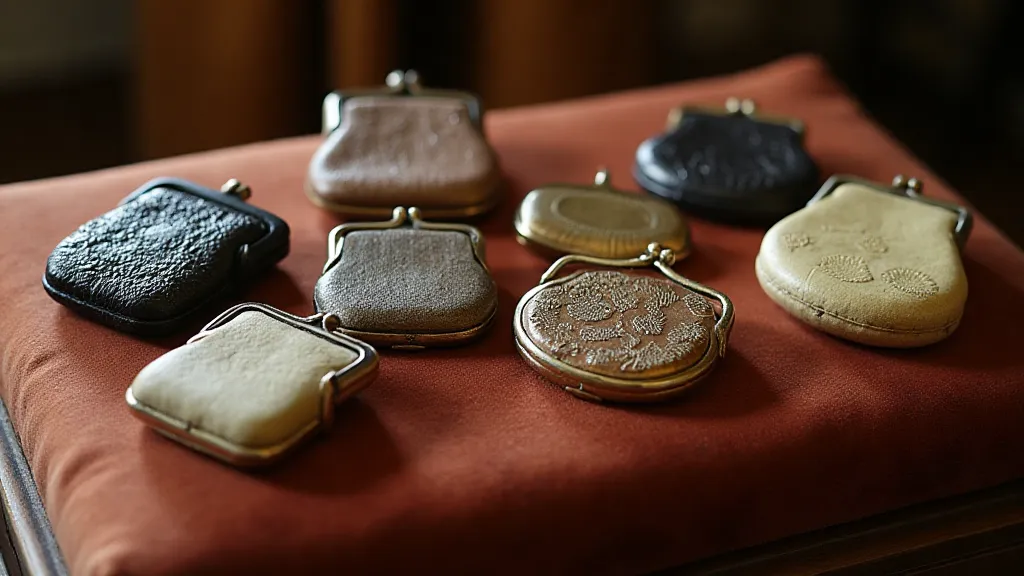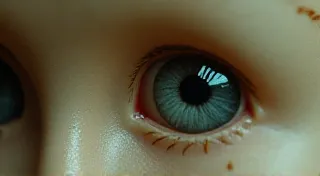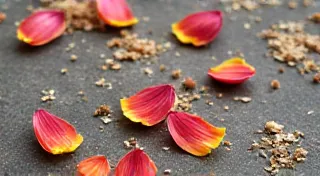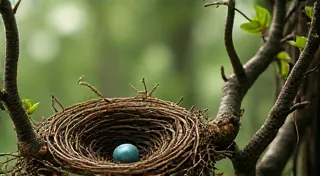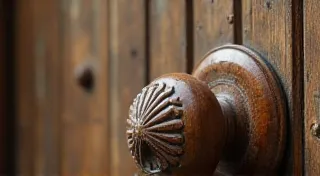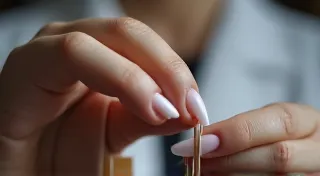Between the Seams: The Hidden Craftsmanship of Bygone Eras
There's a quiet elegance to holding a vintage coin purse. It's not just about the potential monetary value, though that can certainly be a draw. It's about the weight of history, the echo of hands long gone, and the subtle whisper of an era captured within a small, often overlooked accessory. As collectors, we aren't just acquiring objects; we’re inheriting stories, and within those stories lies a deeply resonant appreciation for the skill and dedication of the craftspeople who created them.
My own fascination began unexpectedly. I stumbled upon a beaded coin purse at a flea market years ago. The glass beads, meticulously sewn onto a silk lining, shimmered in the afternoon light. It was small, unassuming, and yet it felt… significant. Holding it, I felt an immediate connection to its maker, imagining the countless hours spent threading each tiny bead, the steady hand guiding the needle. That little purse became my gateway into a world of fascinating detail, and a profound respect for a forgotten art.
The Rise of the Coin Purse: A Reflection of Fashion & Function
The history of the coin purse is inextricably linked to the rise of personal economies and burgeoning fashion trends. Prior to the mid-19th century, personal purses were uncommon, particularly for women. Wallets and coin pouches were typically carried by men, often as part of their attire. As industrialization reshaped society and personal incomes began to increase, the desire for smaller, more discrete ways to carry money grew. The coin purse, initially a simple fabric pouch, gradually evolved into an accessory that reflected the wearer's style and status.
The Victorian era, with its emphasis on ornamentation and detail, witnessed the true flowering of the coin purse. Elaborate embroidery, delicate beading, and intricate appliqué work became hallmarks of these tiny treasures. The availability of new materials, like silk and rayon, further expanded the possibilities for designers and craftspeople. Suddenly, a coin purse wasn’s just about function; it was a miniature canvas for showcasing artistry.
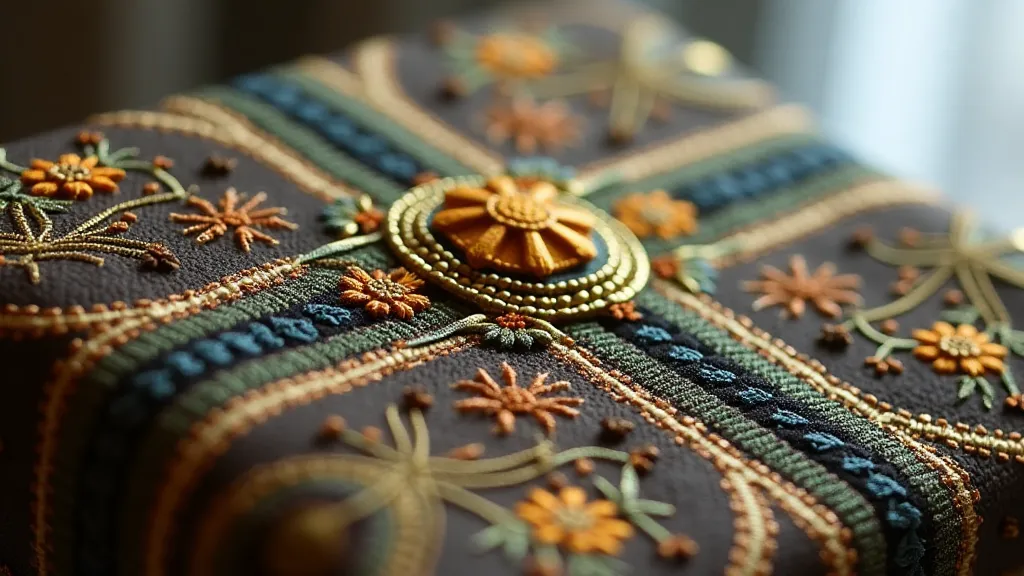
A Legacy of Skill: Techniques and Materials
What truly sets vintage coin purses apart is the level of craftsmanship involved. These weren't mass-produced items churned out by machines. Each purse was largely the product of skilled hands, often employing techniques passed down through generations. Let's delve into some of these remarkable techniques:
- Embroidery: From simple chain stitch to intricate satin stitch, embroidery was a defining feature. Highly skilled embroiderers could create incredibly realistic floral designs, landscapes, and even portraits on these tiny canvases.
- Beading: Glass beads, seed beads, and even tiny pearls were painstakingly sewn onto fabric, creating dazzling displays of texture and shimmer. The precision required for this work is astonishing. Many purses incorporated complex patterns and color gradients.
- Appliqué: This involved cutting out shapes from fabric and attaching them to a background, creating layered designs. The edges were often meticulously finished by hand.
- Needlepoint & Cross-Stitch: Techniques commonly used for larger canvases were also adapted for coin purses, adding a touch of domestic charm.
- Fabric Selection: The choice of fabric itself was crucial. Silk, velvet, rayon, and fine cottons were favored for their luxurious feel and ability to showcase intricate detailing. The durability of the fabric also ensured the purse would withstand daily use.
Consider the labor involved. A single, elaborately beaded coin purse might take weeks, even months, to complete. The commitment and artistry were staggering, especially considering the relatively modest value placed on such items at the time.
Understanding the Age: Identifying Marks & Styles
Identifying the age and potential origin of a vintage coin purse can be a rewarding challenge. While many items lack explicit markings, careful observation can reveal clues.
- Fabric Characteristics: Early silk often has a distinctive sheen and texture. Rayon, introduced in the early 20th century, has a softer, more draping quality than silk.
- Stitching Techniques: Machine stitching became more prevalent throughout the 20th century. Early purses were almost exclusively hand-stitched.
- Design Styles: Art Deco purses (1920s-1930s) often feature geometric patterns and stylized motifs. Victorian purses tend to be more floral and romantic. The post-war era saw a rise in more abstract and playful designs.
- Hardware: The type of clasp, snap, or drawstring closure can also provide clues about the age. Older purses often feature ornate, hand-finished hardware.
Often, recognizing these cues is about developing a “feel” for the different eras. The more vintage coin purses you examine, the more adept you’ll become at deciphering their stories.
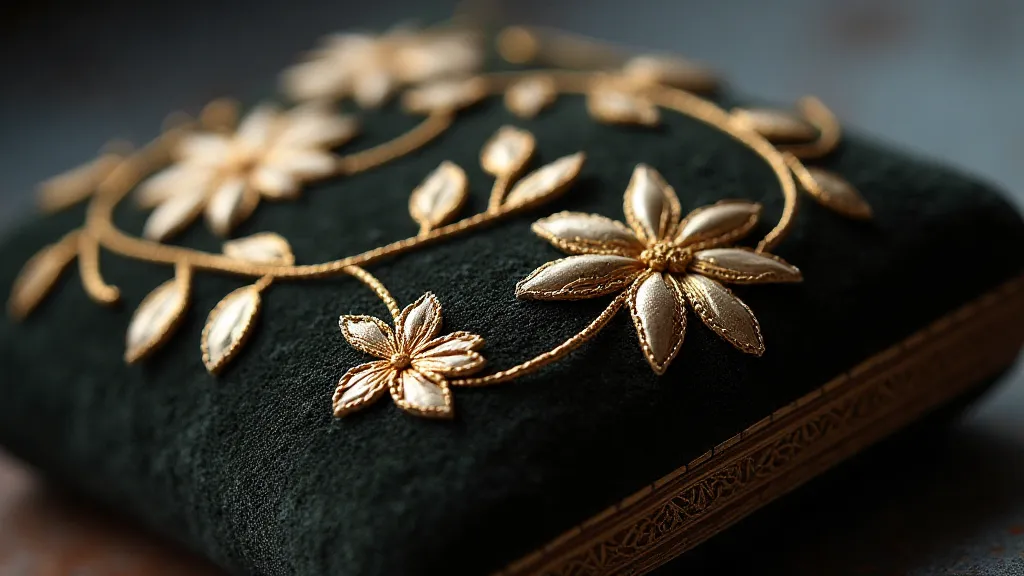
Restoration & Preservation: A Gentle Approach
Many vintage coin purses are fragile and require careful handling. Extensive restoration is rarely advisable; the goal should be preservation rather than complete transformation. Gentle cleaning with a soft cloth is often sufficient. Loose beads or stitching can be carefully reattached by hand. Avoid harsh chemicals or excessive water, which can damage delicate fabrics.
The most important thing is to respect the age and history of the piece. Even imperfections – a faded patch of fabric, a slightly uneven stitch – are part of its story. These details are testaments to the human touch, the marks of time, and the enduring legacy of the craftspeople who created these small treasures.
More Than Just Accessories: Cultural Echoes
Collecting vintage coin purses isn't merely about accumulating objects. It's about connecting with a bygone era, appreciating the artistry of the past, and recognizing the value of handcrafted goods. Each purse holds a silent narrative: the story of its maker, its original owner, and the countless hands it has passed through. They remind us of a time when quality and craftsmanship were paramount, and when even the smallest accessory could be a work of art.
Holding a vintage coin purse allows us to momentarily step back in time, to feel the echo of a forgotten world, and to gain a deeper appreciation for the skills and dedication of those who came before us. And that, ultimately, is the true reward of collecting these small, beautiful relics of the past.
